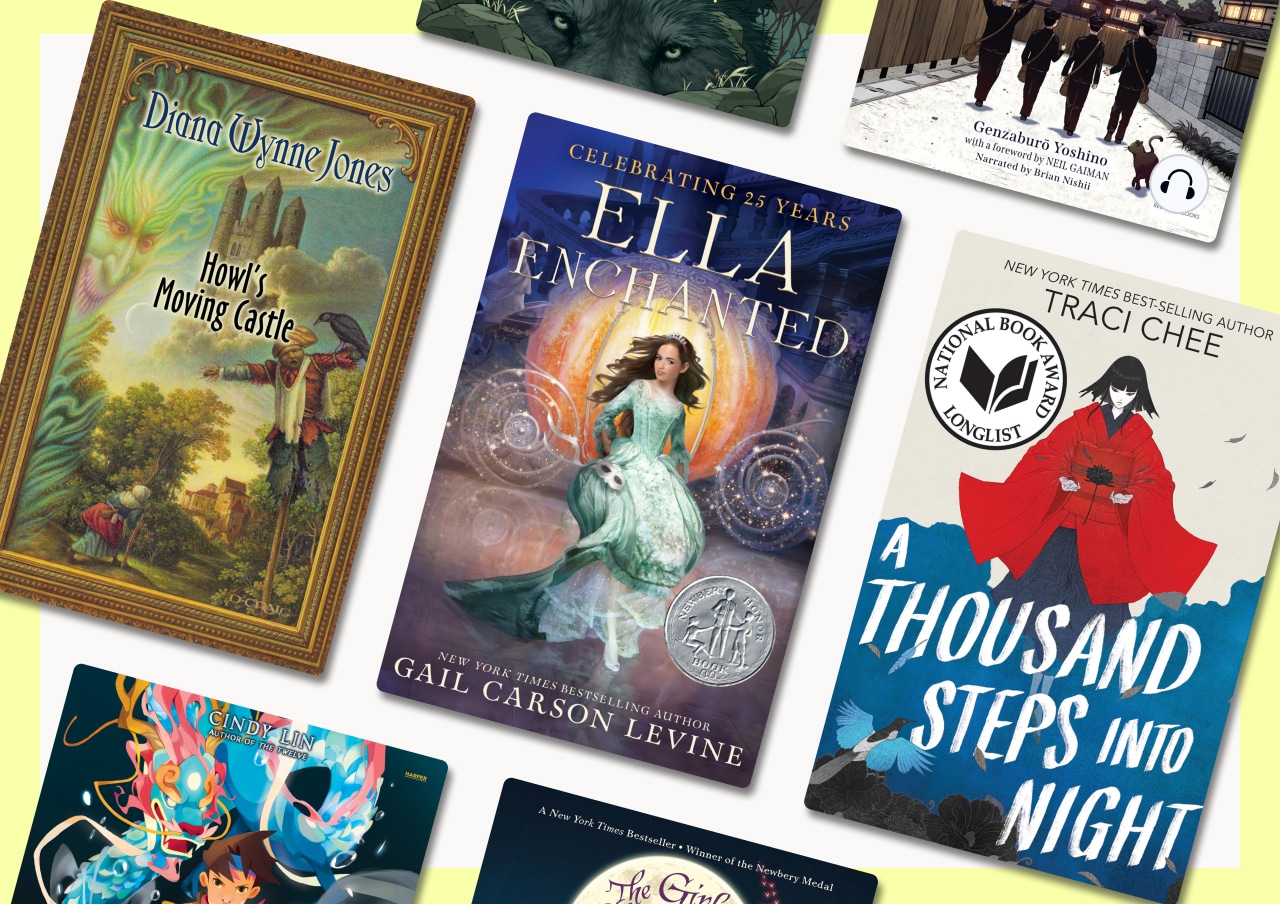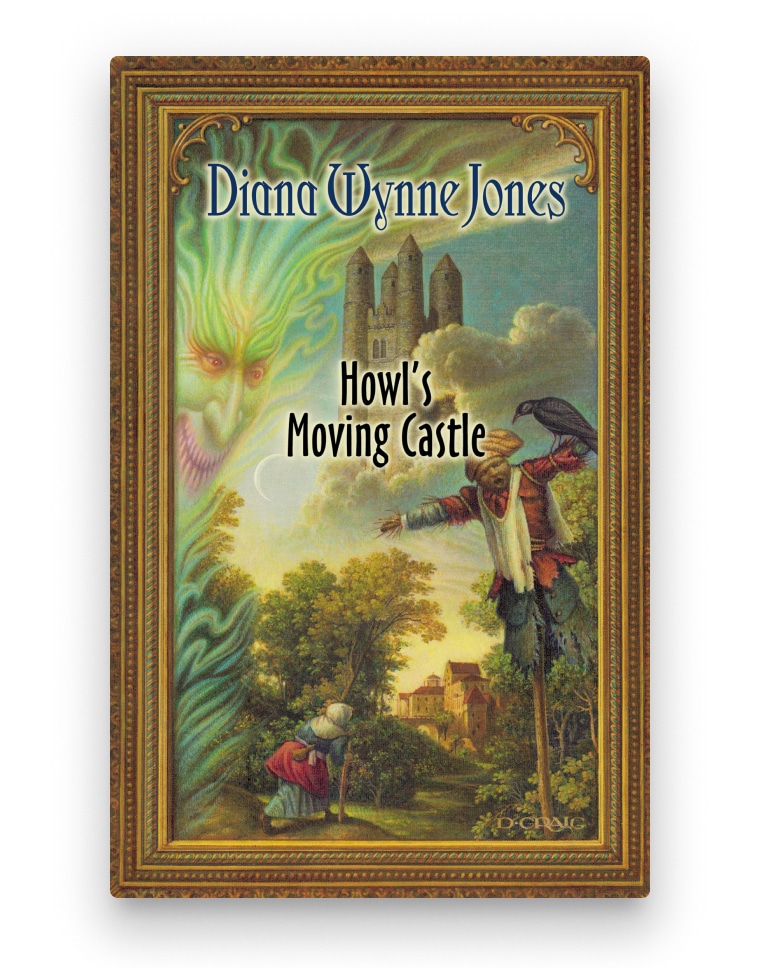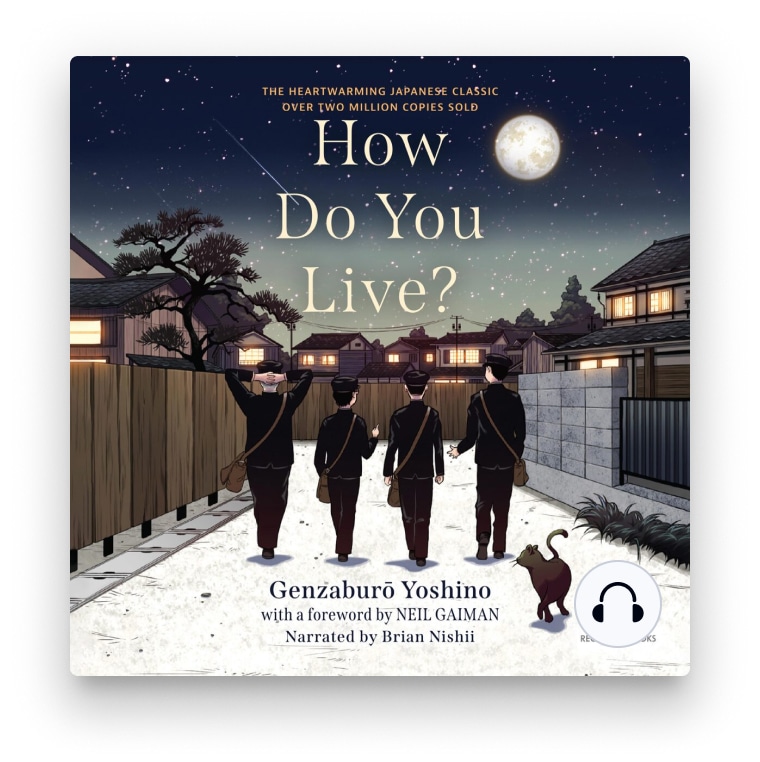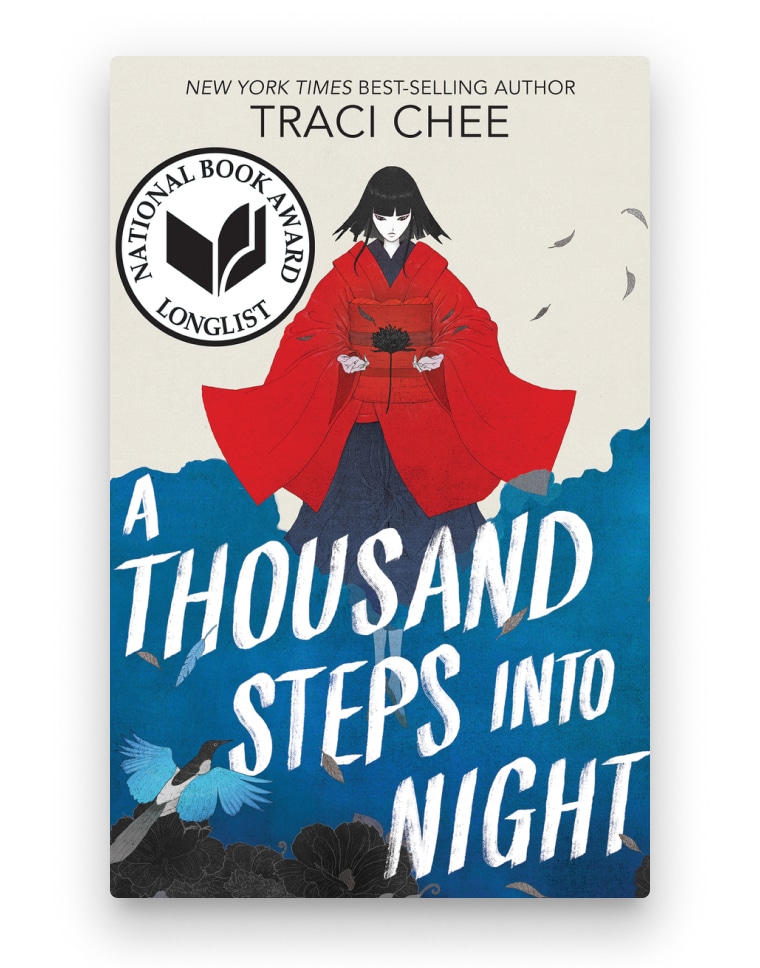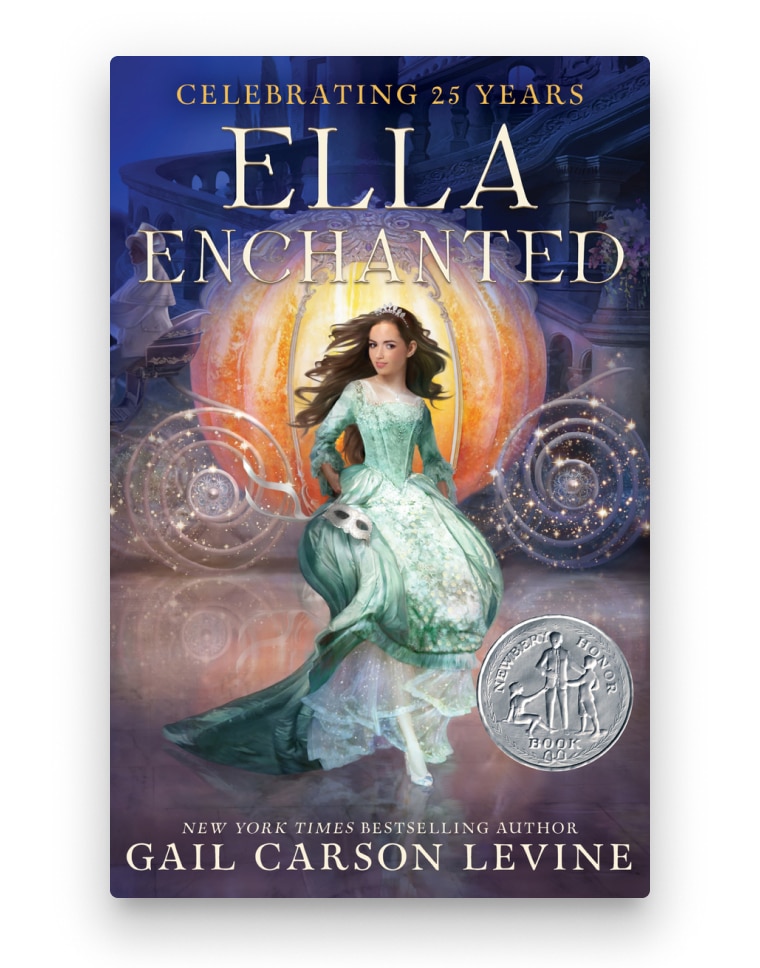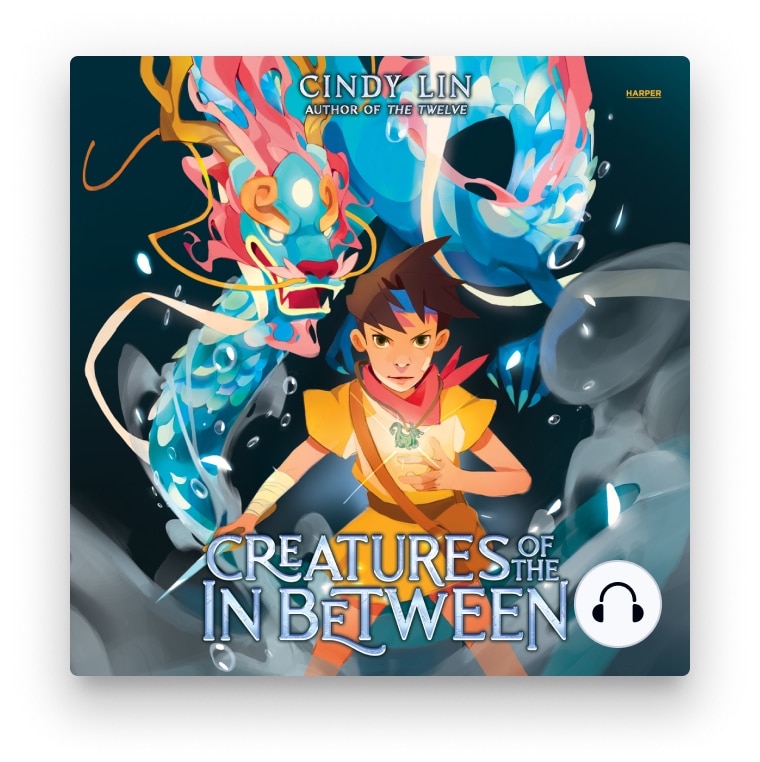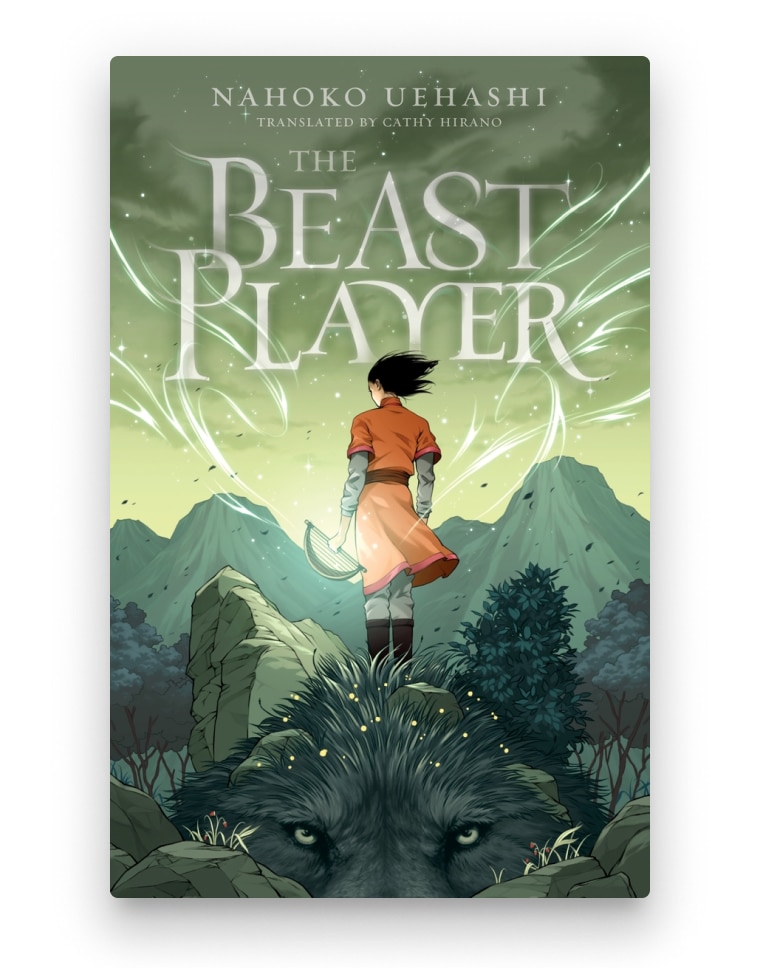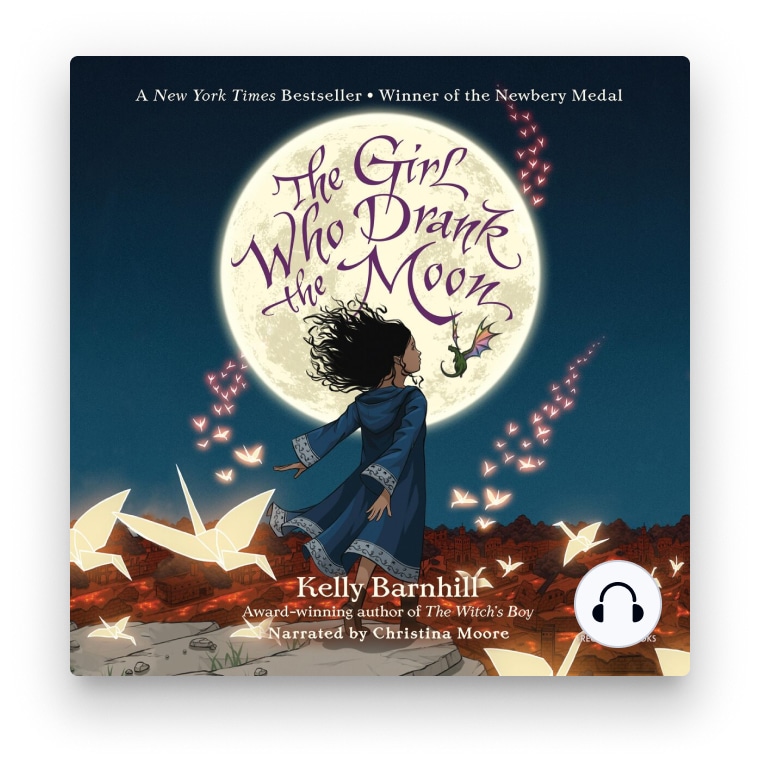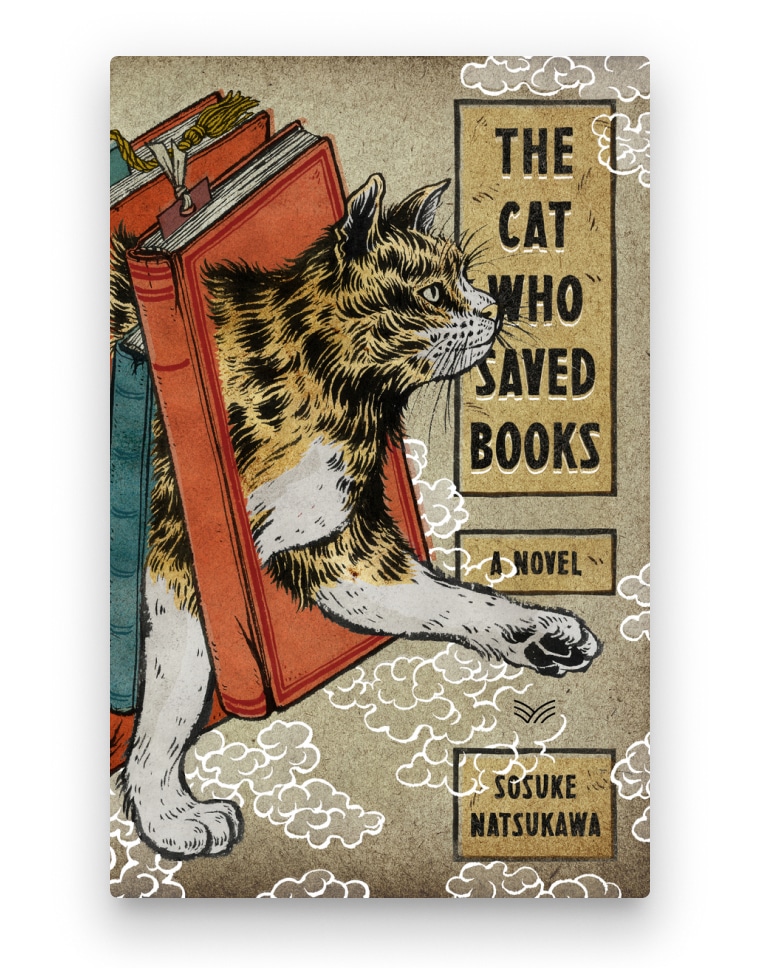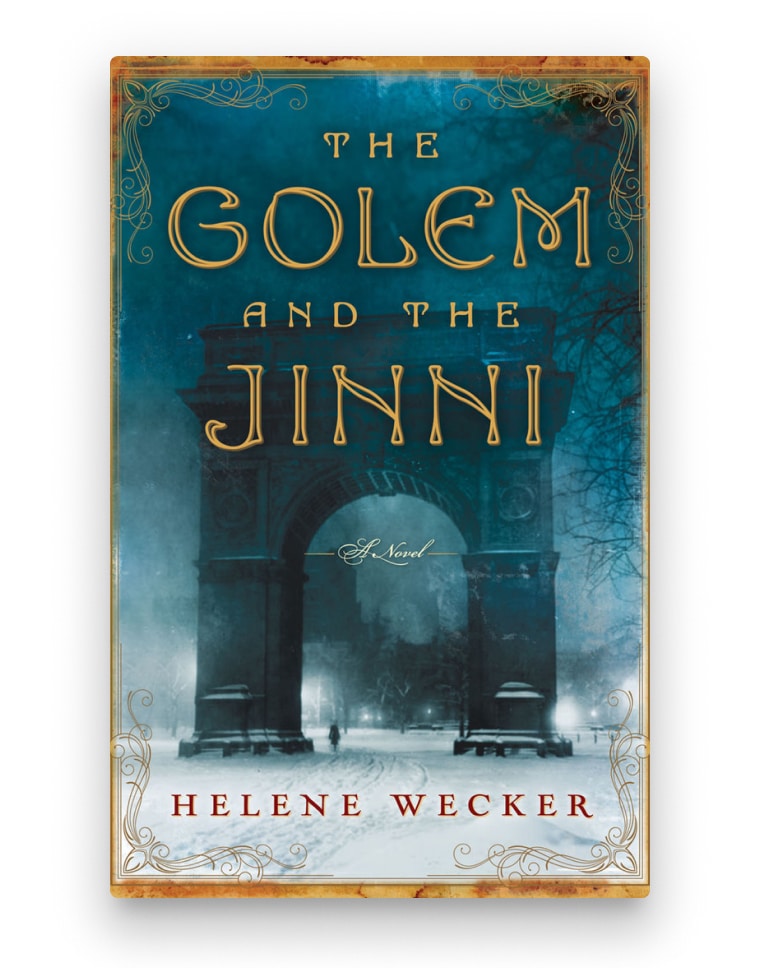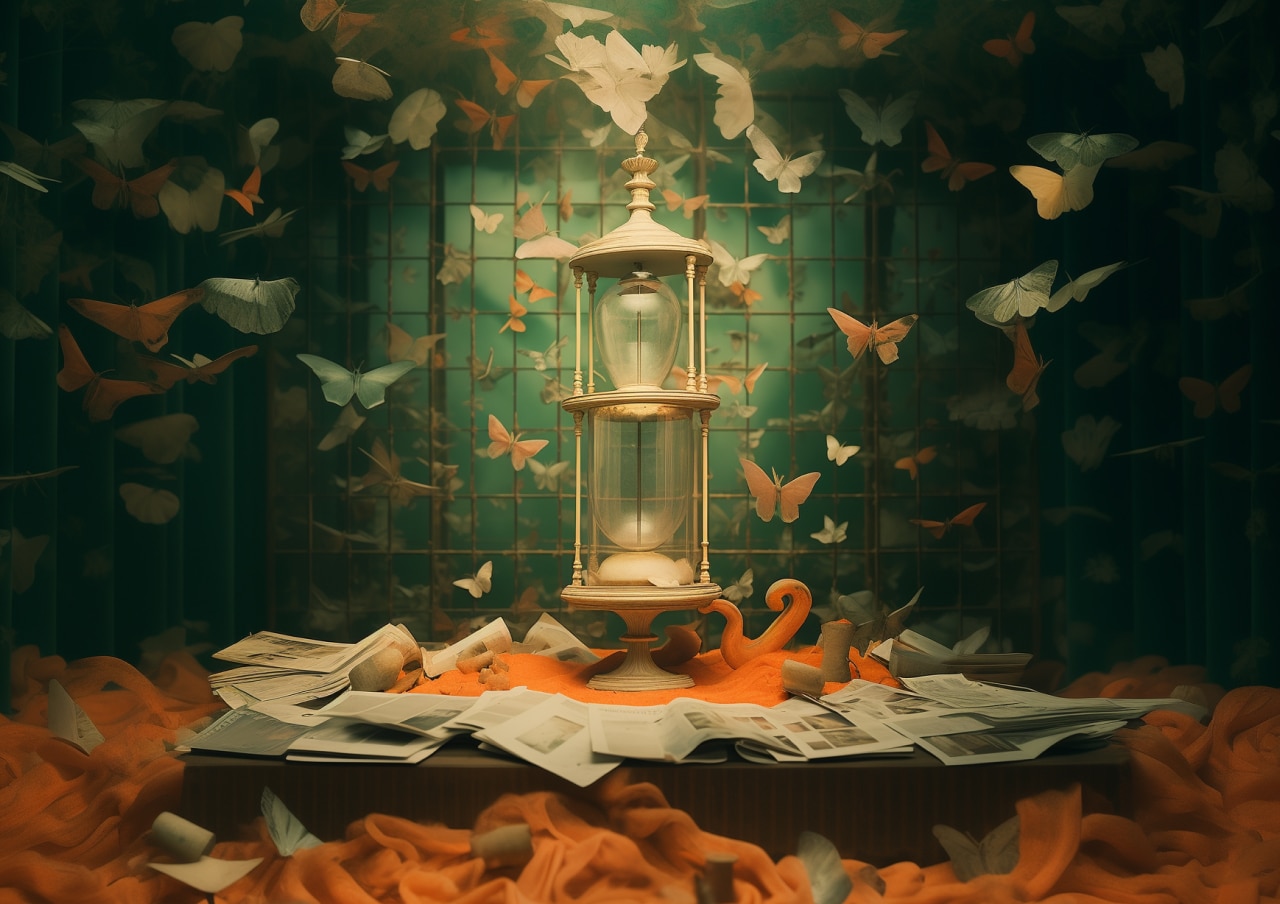
The first Studio Ghibli movie I saw was Spirited Away. I was 15, and my mom decided to indulge me and attempt to understand my love of anime by taking me to see it at a local indie theater. While my mom, baffled by the movie, wondered afterward what kind of psychedelic drugs director and Ghibli co-founder Hayao Miyazaki was on (Mom! Rude!), I wondered how something could have such an unconventional story structure and be so lovingly animated.
Through the decades (decades?!), I’ve managed to watch most of Ghibli’s catalog, repeatedly captivated and awe-struck by the studio’s style. Princess Mononoke is my favorite, and obviously I’m ecstatic that The Boy and the Heron won an Oscar for Best Animated Feature.
For books to be similar to Studio Ghibli movies, they have to pull off a masterful balancing act: magical, but realistic; emotionally devastating, but healingly hopeful; capture the purity and innocence of childhood, but infuse the story with the wisdom and nuances of adulthood.
This list of books for Studio Ghibli fans contains plenty of wonder and whimsy, from the obvious choice of Howl’s Moving Castle to works inspired and influenced by Ghibli movies, like A Thousand Steps into Night.
1. Howl’s Moving Castle by Diana Wynne Jones
Though this novel inspired the Hayao Miyazaki movie of the same name, his animated film is only loosely based on Jones’ book. And while lots of people credit Studio Ghibli for making the story magical and argue the book and film should be treated as separate entities, much of the delight of the movie adaptation is directly lifted from — and amplified in — Jones’ original text.
This is a cozy fantasy children’s classic with a charming chosen family. It follows Sophie as she seeks out the wizard Howl in order to break the spell placed on her by the Witch of the Waste.
2. How Do You Live? by Genzaburo Yoshino
The Japanese title of The Boy and the Heron — Miyazaki’s probable final film and the winner of the 2024 Best Animated Feature Oscar — literally translates to How Do You Live?, paying homage to this coming-of-age novel. Miyazaki cites the work as one of his favorite books and an inspiration for many of his lauded, award-winning films.
Originally written a couple of years before the start of World War II, How Do You Live? asks difficult questions about how to live a life of meaning. It follows 15-year-old Copper as he learns more about the world, how it works, and how he fits into the picture.
Anyone who enjoys a Studio Ghibli journey or philosophical texts like The Alchemist will appreciate this book — including the introduction by Neil Gaiman.
3. The Borrowers by Mary Norton
Miyazaki’s Arrietty is based on this children’s classic about tiny people who borrow objects from full-sized humans in order to survive (while striving to go undetected).
Pod, Homily, and Arrietty Clock live under the floor of a rickety old house, taking small objects from the home’s inhabitants to sustain themselves in the small space below. The youngest Clock, Arrietty, whose curiosity gets the best of her, is spotted by a young boy who lives in the house.
The Borrowers is super sweet, utterly charming, and easily stands the test of time.
4. A Thousand Steps into Night by Traci Chee
Fans of anime and manga generally — and Studio Ghibli in particular — will find much to love in Chee’s standalone fantasy.
Miuko’s been cursed and is looking for a way to stop her descent into demonhood. During her surreal quest, she meets and teams up with many odd and otherworldly creatures that evoke Ghibli’s Spirited Away.
“I wanted to write a world with the feel of a Japanese folktale … At the same time, I wanted to write about American patriarchy, the ways that sexism and misogyny manifest in our day-to-day lives,” Chee told Geeks of Color about the novel.
5. Ella Enchanted by Gail Carson Levine
Many Studio Ghibli films follow a young girl full of exuberance and innocence that aids them on their magical quests. (See: Kiki’s Delivery Service, My Neighbor Totoro, and Whisper of the Heart, to name a few.) Ella Enchanted captures a lot of that same innocence-meets-magic spirit.
Levine’s novel is a fun-filled reimagining of Cinderella that features many satisfying twists and turns. Even though she’s cursed to obey orders, Ella has a free spirit that’s impossible not to admire.
Filled with fairies, ogres, and magic spells, and featuring a prince who goes by Char, Ella Enchanted takes all the elements that make fairy tales beloved and puts a smart, winking spin on them.
6. Creatures of the In Between by Cindy Lin
The cover of Creatures of the In Between promises Studio Ghibli vibes, and it delivers them in spades.
Like Ashitaka in Princess Mononoke, Jin, the protagonist of Creatures of the In Between, is a young prince who is not yet fully aware of the political and magical machinations taking place around him. Nevertheless, Jin begins a dangerous adventure to Whisper Island in search of his monstermate, a mythical creature that royals bond with for magical powers and lifelong companionship.
Jin is joined on the quest by his loyal dog, Shishi, and a servant aid, Bingyoo, who are doing their best Yakul and San impressions, respectively.
7. The Beast Player by Nahoko Uehashi
I’m going to go out on a limb and say The Beast Player is perhaps the most Ghibli-esque book on this list. (Or at least, the most Princess Mononoke-esque, which again, is my favorite of Ghibli’s fare.)
Elin’s mother is sentenced to death after a few Toda — magical beasts used in battle — die while she’s supposed to be caring for them. Though only 10 years old at the start of the novel, Elin comes of age while developing a strong sense of morality and her own skills at communicating with creatures. Nature and mankind are often at odds, and Elin must constantly recalculate the balance between what’s right and what’s necessary.
The Beast Player is a fantasy meant for young adults and ambitious middle grade readers, but it’s lush and contemplative like all of Ghibli’s greatest works and will easily rivet adult readers, too.
8. The Girl Who Drank the Moon by Kelly Barnhill
With beautiful prose and a captivating cast of characters, Barnhill tackles important life lessons of belonging, loss, and growing up in her Newbery Medal-winning story.
Every year, the village people sacrifice one child to the forest witch, Xan. However, she’s not devouring them, but rather whisking them away to lead happy lives with new families. One such child, Luna, accidentally feasts on moonlight and develops magical powers even Xan couldn’t anticipate.
Evocative and unexpected, The Girl Who Drank the Moon won’t disappoint anyone who’s looking for books like Miyazaki’s best movies.
9. The Cat Who Saved Books by Sosuke Natsukawa
Cats are big in Japan, so it’s no surprise that Ghibli has multiple films featuring the lovable animal, including The Cat Returns and the aforementioned My Neighbor Totoro. (There’s the Catbus, yes, but Totoro is also at least part cat, okay? And “part cat” makes Totoro a cat.)
The Cat Who Saved Books is a fun, quirky tale about a bookish high school student wrestling with the decision to close the bookstore he inherited from his grandfather — and the talking cat who helps him. It’s as uplifting as it is charming.
This story of finding courage, dealing with grief, and cultivating acceptance is for those who have at least one Totoro plushie.
10. The Golem and the Jinni by Helene Wecker
For people who grew up loving Ghibli’s films but perhaps don’t want to read children’s and YA books, fear not: The Golem and the Jinni is an adult fantasy novel that provides similar heartwarming and magical vibes as Miyazaki’s studio.
Wecker’s beautiful and thoroughly researched debut is steeped in Jewish and Arabian folklore and grounded in the history of New York at the turn of the 20th century. In the titular Golem and Jinni’s attempts to blend in with the humans surrounding them — holding jobs, pretending to sleep so they don’t freak people out — there’s a lack of romanticization about the messiness of being human that's refreshing.
I’ll admit: Before reading The Golem and the Jinni, the only representations of golems I’d seen were in the Pokémon franchise and Soul Eater anime, and the only time I’d ever really heard the word jinn was in the Golden Sun games. So it was fate that I’d inevitably put it on an anime read-alike list.


